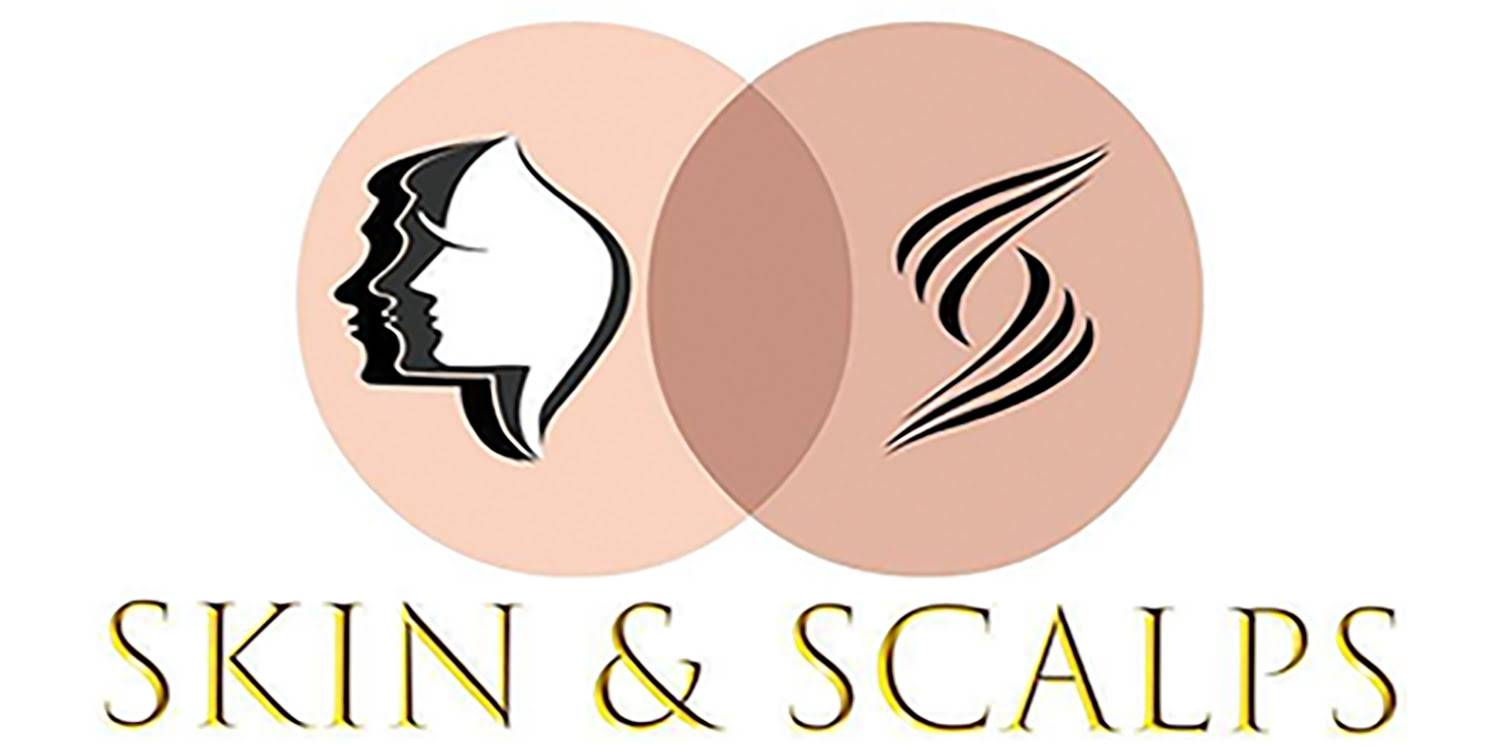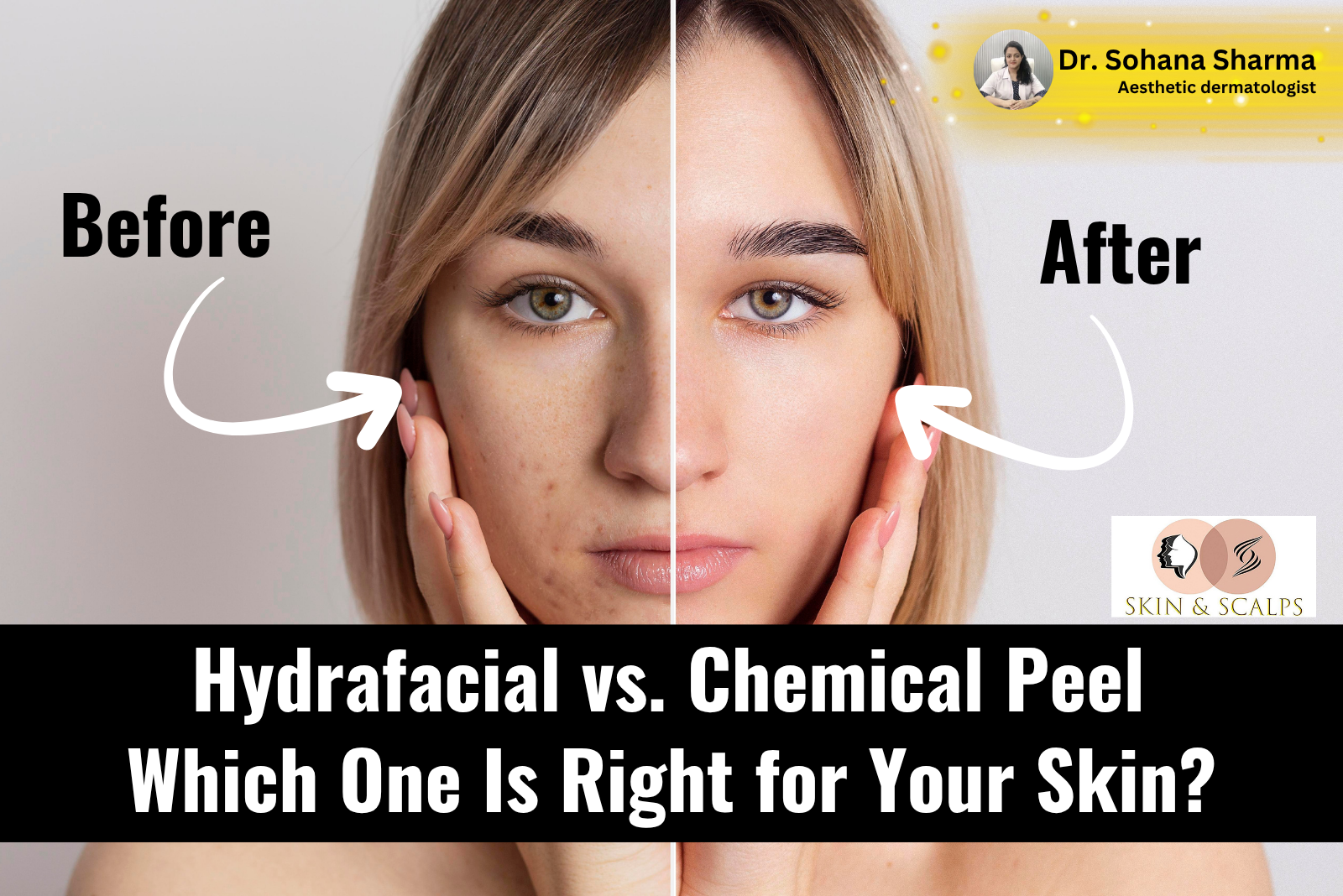When healthy, glowing skin is in question, two treatments now sit atop the popularity charts: Hydrafacial vs. Chemical Peel. Both are anti-aging face rejuvenations that are non-surgical, exfoliating, cleansing, and revitalizing the skin. Their process, benefit, and outcome are remarkably disparate. Whether you’re dealing with acne, dryness, or wrinkles, understanding the difference between Hydrafacial and Chemical Peel will allow you to decide which product works best for your particular skin issues.
What is a Hydrafacial?
Hydrafacial is a trade name for a series of facial treatment that utilizes technology to exfoliate, clean, extract dirt, and hydrate the face. Treatment also has the benefit of pairing the applications of microdermabrasion with moisturizing serums to render the texture and tone of the skin sharper.
The treatment involves:
- Deep exfoliating and cleansing via a calming vacuum-like action
- Simple unclogging of pores
- Delivery of serum filled with antioxidants, peptides, and hyaluronic acid
Hydrafacials are suitable for all skin types, including sensitive and acne-prone skin. The best part? There’s no downtime, and you’ll walk out with instantly refreshed and radiant skin.
What is a Chemical Peel?
Chemical peels are procedures that employ acid solutions to peel the skin’s outermost layers. Depending on the depth and severity of the peel—light, medium, or deep—the solution pierces through varying layers of the skin to destroy dead skin cells and stimulate skin rejuvenation.
Glycolic acid, salicylic acid, lactic acid, and trichloroacetic acid (TCA) are the most commonly used acids in executing chemical peels. These peels enhance:
- Acne scars
- Hyperpigmentation
- Smoothness of complexion
- Fine lines and wrinkles
Although Hydrafacials never lead to redness, peeling, and sensitivity, chemical peels do have a possibility of causing mild redness, peeling, and sensitivity, especially for medium to deep peels. The effect, though, is more dramatic in the long term.
Drawing Comparison: Hydrafacial vs. Chemical Peel
Drawing a Comparison of the Benefits and Drawbacks of Hydrafacial vs. Chemical Peel, one must recall what each treatment can accomplish.
1. Exfoliating Power
Hydrafacial: Mild exfoliation, for all skin types and low risk of irritation
Chemical Peel: Deep exfoliation, ideal for overall pigmentation and antiaging
2. Hydration
Hydrafacial: Fantastic at penetrating hydration into the skin using hyaluronic acid and other serums
Chemical Peel: Micro skin exfoliation might be seen with deep peels for a period of 3-5 days
3. Downtime
Hydrafacial: Zero downtime. You can just get on with your daily routine immediately
Chemical Peel: No or zero downtime for light peels, recovery time of a week or several days for deeper peels
4. What is treated in the skin
Hydrafacial: Can be repeated for dullness, blackheads, large pores, and tiny fine lines
Chemical Peel: Can be done for acne scars, melasma, age spots, deeper wrinkles, and textured tone
5. How often is the procedure?
Hydrafacial: Repetition monthly as maintenance
Chemical Peel: Repeatedly every 4–6 weeks, depending on the strength of the peel and how your skin is doing
Which Treatment is For You?
Still confused over which one to opt for between Hydrafacial vs Chemical Peel? It doesn’t matter much, really; it’s more a question of your concerns, sensitivity, and lifestyle.
Choose Hydrafacial If:
- You like a light, moisturizing treatment with immediate gratification
- Your skin is dry, sensitive, or moderately congested
- You have another appointment coming up somewhere else to visit and need a glow-up, pronto
- You want a no-down-time, no-peeling facial treatment
Choose Chemical Peel If:
- You need acne marks, sun spots, or pigmentation that needs more correction
- You are treating skin showing signs of aging, like wrinkles or loss of firmness
- You can tolerate some aftercare and downtime
- You have had less invasive treatments previously and want stronger results
Can You Alternate Both Treatments
Yes, absolutely! Some dermatologists also say do it like a Hydrafacial vs. Chemical Peel rotation, based on what your skin requires at different times during the year. Perhaps your Hydrafacial is your month-to-month buddy, and your every-other-month chemical peel addresses more intense issues. Always, though, first consult with a trained skin practitioner before you begin any combination of treatments, though.
What to Do During and After Every Treatment
Hydrafacial: Soft suction and gentle massaging sensations throughout. Skin can become a bit reddened, but it will disappear in a jiffy. The visible effect is instant.
Chemical Peel: Can have a burning or stinging sensation. Peeling can occur after treatment for a few days in the case of deeper peels. Use sunscreen, follow post-care instructions.
Post-Care Tips
Regardless of your selection of Hydrafacial vs Chemical Peel, post-care must be adhered to achieve effects as well as to avoid side effects.
- Apply 30+ SPF moisturizing sunscreen all over
- Skip direct exposure to the sun for a minimum of a few days
- Steer clear of harsh skin products, scrubs, or retinoids for one week
- Keep your skin blissfully hydrated and moisturized
- Instructions from the dermatologist must be read and strictly adhered to
Professional Advice by Wakad, Pune
Still in doubt about Hydrafacial vs. Chemical Peel and whether to apply it to your skin? Always better to speak with a skin care expert who will analyze your skin and recommend a customized treatment regimen.
At Wakad, Pune, Dr. Sohana Sharma, a aesthetics dermatologist, carries out Hydrafacial and chemical peel treatments according to your skin type and problem. After the fulfillment of her experience and her nurturing, Dr. Sohana gives you suitable treatment that is safe and long-lasting.
Conclusion
In the debate of Hydrafacial vs. Chemical Peel, there is no one-size-fits-all answer. Each treatment has unique benefits, and the best choice depends on your skin condition, goals, and lifestyle. Whether you’re seeking a quick refresh or deep rejuvenation, both options offer powerful results when done under expert supervision.
For personalized guidance and to begin your skincare journey with confidence, schedule an appointment now with Dr. Sohana Sharma at Skin and Scalps Clinic, Wakad, Pune, Pimpri-Chinchwad—your skin’s well-being is our business.

